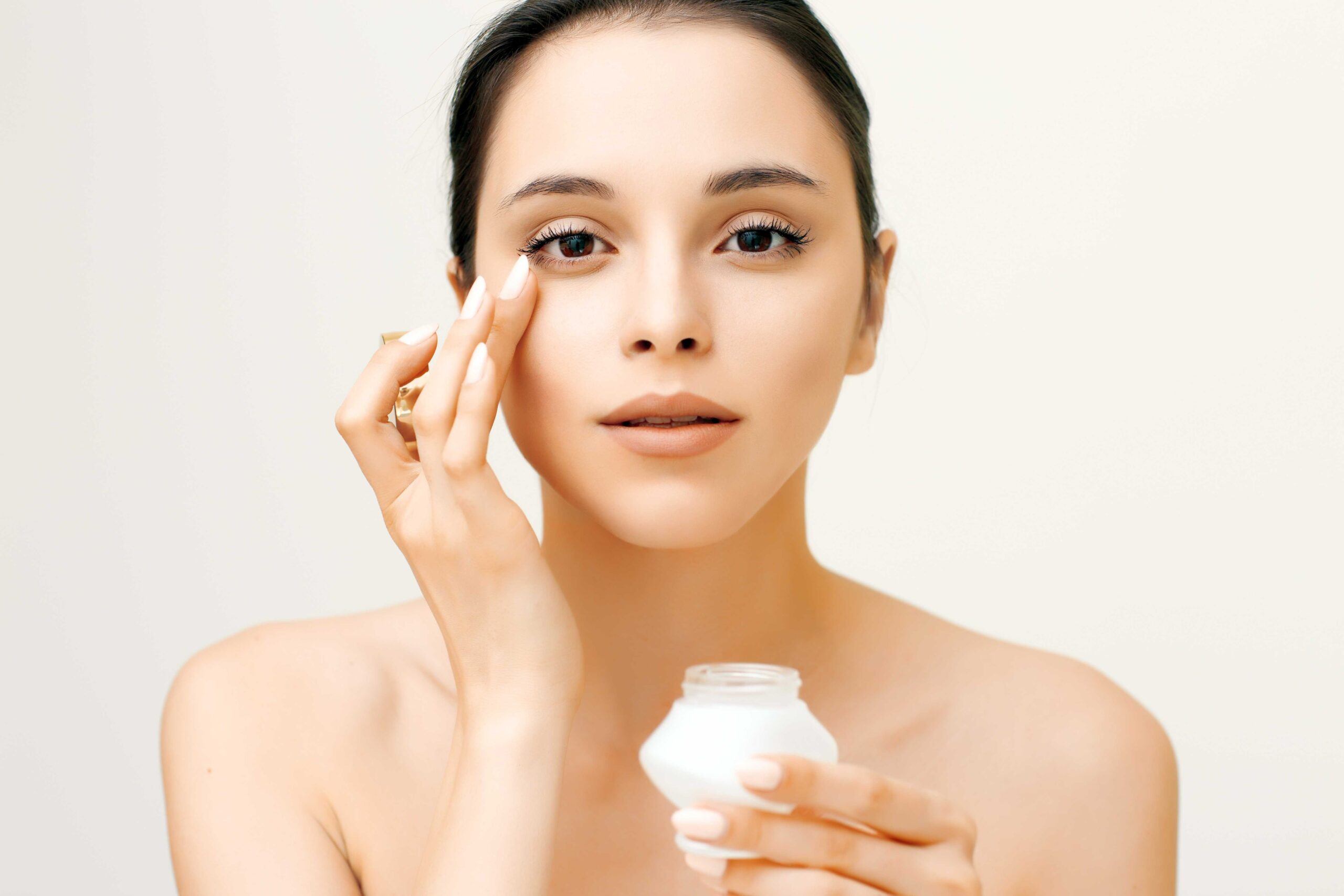
The Ultimate Guide to Skincare: Tips, Routine, and Best Practices
Understanding Skincare: Why It Matters
Skincare is more than just an aesthetic concern; it plays a crucial role in maintaining healthy skin, preventing premature aging, and protecting against environmental damage. A well-structured skincare routine ensures hydration, nourishment, and protection for your skin.
The Science Behind Skincare
Our skin is the largest organ of the body, consisting of three main layers: the epidermis, dermis, and hypodermis. Each layer serves a vital purpose in keeping the skin healthy and functional. The epidermis acts as a protective barrier, the dermis provides structure and elasticity, and the hypodermis contains fat and connective tissues that insulate the body.
Identifying Your Skin Type
Before choosing skincare products, it’s essential to identify your skin type. Here are the five primary skin types:
- Normal Skin – Balanced hydration, smooth texture, and minimal sensitivity.
- Oily Skin – Excess oil production, enlarged pores, and a tendency for acne.
- Dry Skin – Lacks moisture, prone to flaking and irritation.
- Combination Skin – Oily in the T-zone and dry in other areas.
- Sensitive Skin – Easily irritated, reacts to fragrances and harsh ingredients.
The Essential Skincare Routine
A consistent skincare routine includes fundamental steps that cater to different skin needs. Here’s a step-by-step guide to an effective routine:
1. Cleansing: The First Step
Cleansing removes dirt, oil, and impurities from the skin. Choose a gentle cleanser suited to your skin type:
- Oily Skin – Use a gel-based or foaming cleanser.
- Dry Skin – Opt for a hydrating or cream-based cleanser.
- Sensitive Skin – A fragrance-free, mild cleanser is ideal.
2. Exfoliation: Sloughing Away Dead Skin Cells
Exfoliation helps remove dead skin cells and unclog pores. Depending on your skin type, you can exfoliate 1-3 times a week using:
- Physical exfoliants (scrubs with microbeads or natural exfoliants like sugar or oatmeal).
- Chemical exfoliants (AHAs and BHAs like glycolic acid, salicylic acid).
3. Toning: Restoring pH Balance
Toners help remove residual impurities and restore the skin’s natural pH. Opt for alcohol-free toners to prevent dryness and irritation.
4. Serum: Targeted Treatment
Serums contain concentrated active ingredients to address specific skin concerns. Some of the most popular serums include:
- Hyaluronic Acid – For deep hydration.
- Vitamin C – For brightening and reducing pigmentation.
- Niacinamide – For controlling oil and minimizing pores.
- Retinol – For anti-aging and acne control.
5. Moisturizing: Locking in Hydration
Moisturizing is essential to keep the skin hydrated and healthy. Choose a moisturizer based on your skin type:
- Gel-based moisturizer – Best for oily and acne-prone skin.
- Cream-based moisturizer – Ideal for dry skin.
- Lightweight lotion – Suitable for normal and combination skin.
6. Sunscreen: The Ultimate Protector
Sunscreen is non-negotiable in skincare. A broad-spectrum SPF 30 or higher protects against harmful UV rays, preventing premature aging and skin cancer.
Common Skincare Mistakes to Avoid
- Skipping Sunscreen – The biggest mistake that leads to premature aging and sun damage.
- Over-exfoliating – Can cause skin irritation, redness, and breakouts.
- Using Too Many Products – Layering too many active ingredients can lead to skin sensitivity.
- Not Removing Makeup Properly – Leads to clogged pores and acne.
- Ignoring Neck and Hands – These areas show signs of aging too.
The Best Skincare Ingredients to Look For
- Hyaluronic Acid – Hydration booster.
- Retinol – Anti-aging and acne control.
- Vitamin C – Brightening and antioxidant protection.
- Niacinamide – Oil control and soothing.
- Ceramides – Skin barrier protection.
Skincare for Different Age Groups
Teenagers (13-19 years)
- Focus on gentle cleansing, hydration, and sun protection.
- Treat acne with salicylic acid or benzoyl peroxide.
20s and 30s
- Incorporate antioxidants like Vitamin C.
- Begin using retinol for collagen production.
40s and 50s
- Use richer moisturizers to combat dryness.
- Invest in peptides and firming agents.
60s and Beyond
- Maintain deep hydration with ceramides and fatty acids.
- Continue using sunscreen diligently.
Natural vs. Synthetic Skincare: Which Is Better?
Natural skincare uses plant-based ingredients, free from synthetic chemicals, while synthetic skincare includes lab-formulated actives. Both have their pros and cons:
- Natural Skincare – Gentle and environmentally friendly but may lack strong preservatives.
- Synthetic Skincare – Often more effective but may contain harsh chemicals.
DIY Skincare: Home Remedies for Glowing Skin
- Honey and Yogurt Mask – Deeply nourishes and brightens the skin.
- Turmeric and Milk Paste – Reduces inflammation and pigmentation.
- Aloe Vera Gel – Soothes irritation and hydrates the skin.
The Impact of Diet on Skincare
What you eat significantly affects your skin health. Include:
- Fruits and Vegetables – Rich in antioxidants.
- Omega-3 Fatty Acids – Found in fish, walnuts, and flaxseeds.
- Water – Hydration is key for healthy skin.
Avoid excessive sugar, processed foods, and alcohol, which contribute to breakouts and dull skin.
Conclusion: Consistency is Key
Skincare is not a one-time effort but a consistent practice. By understanding your skin type, using the right products, and maintaining a healthy lifestyle, you can achieve glowing and youthful skin. Stick to your routine, be patient, and embrace self-care!